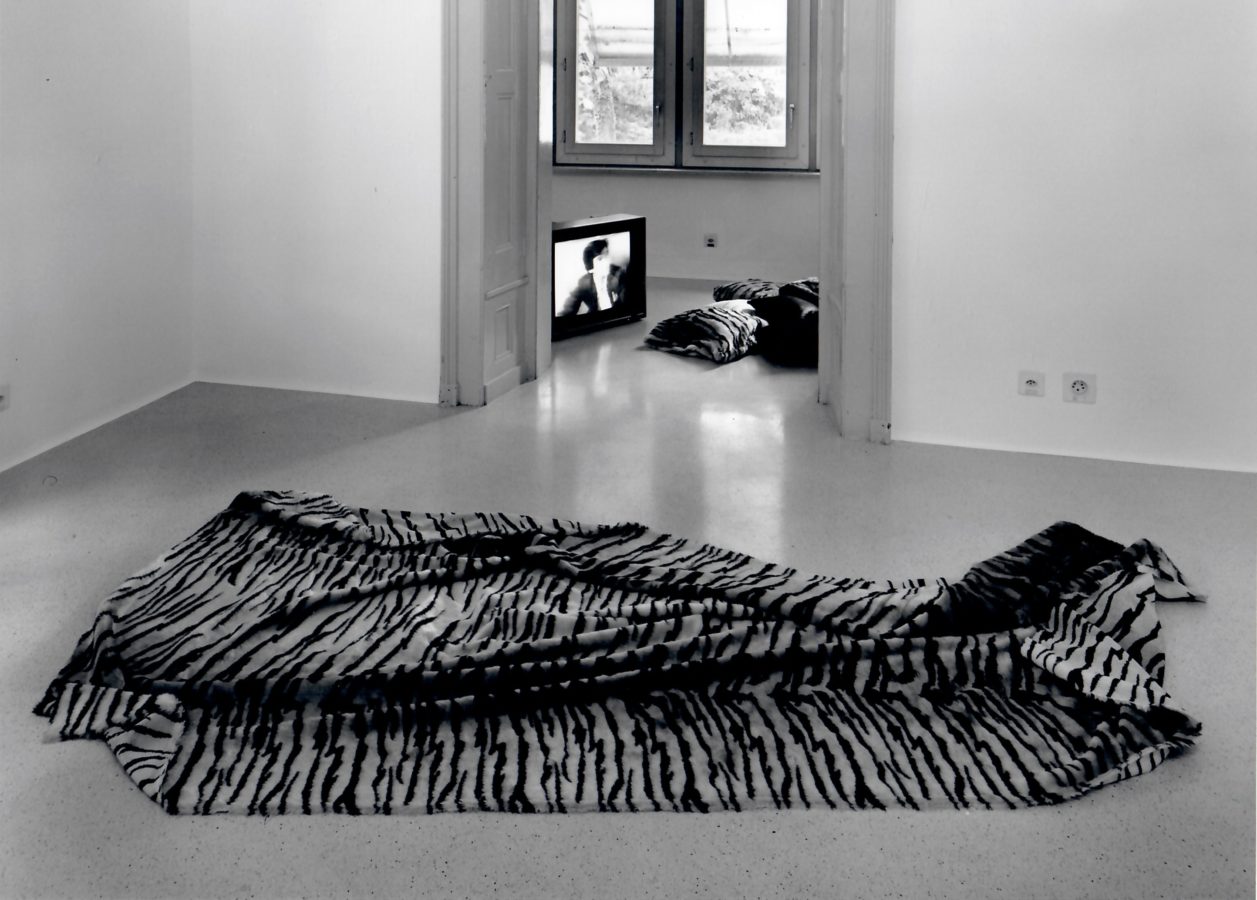Exhibition
The best years of our life
HISTORICAL EDITIONS FROM THE CENTRE D’ÉDITION CONTEMPORAINE
Marie Angeletti, Monica Bonvicini, Costanza Candeloro, Trisha Donnelly, Giulia Essyad, Fabrice Gygi, David Hominal, Karen Kilimnik, Elke Krystufek, Erik van Lieshout, Christian Lindow, Tobias Madison, Victor Man, Florian Pumhösl, RM, Rosemarie Trockel
Opening, Thursday, November 13, 2025, from 5 to 9 PM (Nuit des Bains)
From November 14, 2025, to January 10, 2026

Tiger, Centre genevois de gravure contemporaine / Centre d’édition contemporaine, 1995